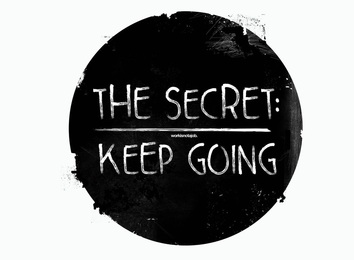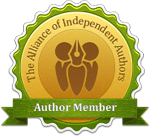 To this point we have covered a lot of ground in a short period. A world has been born, characters are on the hunt for adventure, and banter is rampant amongst them. Whether the story ends with a bang or a soft good bye; it has to stop somewhere. But, is the first story of your career complete? No. Not even close. Over the course of building a story errors will be made to the overall manuscript. Your first draft is done, but edits are inevitable. I don't know of a single author that doesn't have to rewrite something or fix a scene for continuity. This is where my fourth and final post in the series will end. A few things must be considered before tackling such a beast. READ what was written before putting chapter after chapter on the chopping block like an execution, because this is the first step in editing. Skimming through some of those chapters might find them new homes somewhere deeper in the story where they fit better and others might need small tweaks to stay where they are. Reading it again helps you see where continuity of the story went awry. All of this brings the story closer to completion. Finished? Good, because you just got started.The time has come for a second draft. Magic begins here. Words are clay in your hands as you continue to mold the story into a beautifully shaped vase. Step two is actually editing everything (rewriting a manuscript for a second draft). That is accomplished by removing useless words or grammar as you read it thoroughly. I prefer to print out my manuscript for this process; however, you may wish to save paper and edit directly from whichever word processing program you use. Changes are done, the story flows in a constant timeline that makes sense. What next? I would hand (email) a copy to friends and/or family willing to sit a spell and read it. Feedback at this point will help mold the story further - a second pair of eyes to critique your manuscript won't hurt. Joining a writing community online or in your home town is a good place for feedback too. It is actually in your best interest to hear early on what others think before committing to a physical print of your work. The next step is coming soon. Take of they tell you and sculpt it into your masterpiece. Step three is revisions. Listening to feedback and altering scenes becomes a multi step process. Don't rush! Your exquisitely crafted vase comes with patience and perseverance. Rework scenes to be more descriptive, add dialogue to explain confusing actions, and above all else check for a smooth flow from chapter to chapter. Once everything detail has been corrected, it is time for a professional to take over. Step four might be the most important beside writing a good novel. Hire an editor. There is an abundance of editors/proofreaders out there to choose from. Look to fellow writers for recommendations or use the editing services of an indie publisher for final polishing of your manuscript. Editing isn't always perfect the first time. What comes back from an editor are more than just grammatical corrections, new suggestions for plot or fleshing (developing) out a particular character are a few things to expect. Some companies charge for each round of edits. Whenever you change major parts of a story more edits will have to be done, hence the charge for each round. Do as much editing as you can through online writing communities before leaping in with both feet. Don't in debt because you bought too many editing packages; use the free resources available to you first. You are now ready for beta readers to test drive the vivid world and charismatic people you've created. Take their feedback, revise, repeat - so is the life of a writer. Well, by this point you've completed the not-so-impossible: writing a novel. Congratulations! Sitting on your desk is a finely crafted vase made of neatly stacked paper and ink ready for shipment to a large publishing house or awaiting a final coat of paint (cover art and a back cover blurb). We've had a wonderful time together trapping those ideas to paper. Now get to work. Stop dillydallying over pictures of kittens or how to win a Sudoku game, because readers, like me, are waiting for the next great novel. Good luck becoming an author. I wish you luck in converting what started out as a hobby into a career. Comments are closed.
|
About the Author
Adam Santo is a SciFi/Fantasy writer who enjoys the quiet moments to write stories. His debut novel, Temperature: Dead and Rising, took the world for a ride they would soon not forget. Santo began plotting out the second paperback novel, Temperature: Bitter Cold, before the ink dried on his first book. Santo continues to write nonstop because he knows there is always a story waiting to get out. Archives
April 2014
|
 RSS Feed
RSS Feed




